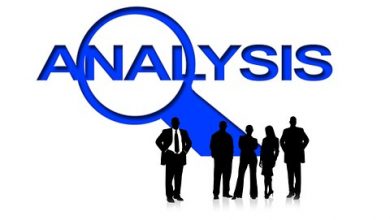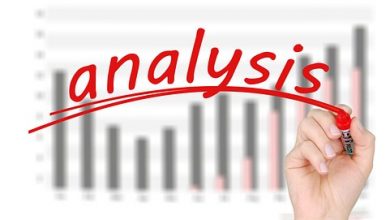Marginal cost and average cost are two types of costs incurred by a firm in its manufacturing process. The Marginal cost denotes the additional or extra cost incurred by a firm for producing one more or an extra unit of a commodity. The Importance of Marginal and Average costs are mentioned below:
Importance of Marginal and Average costs :
1) Price must always be equal to the marginal cost. Production can’t be continued when price is not equal to Marginal cost.
2 The Marginal cost curve itself acts as the supply curve of a firm.
3) A firm continues its productive operations until Marginal cost and Marginal revenue are equal. If Marginal revenue is more than the marginal cost, production will be continued and profits are earned by the firm. On the other hand, if Marginal cost exceeds Marginal revenue, the firm incurs losses. That is why it stops production. Hence the size of output to be produced by a firm is decided by its Marginal cost and Marginal revenue.
4) The average cost determines the long run price and supply of a commodity. The average cost includes normal profits. So if price of a commodity is more than its average cost, the firm secures more profits. On the other hand, if the price is less than average cost, the firm incurs losses. In perfect competition the firms earn only normal profits.
The firms can’t attain equilibrium under the conditions of abnormal profits or abnormal losses. When they get abnormal profits, new firms enter the industry. This leads to an increase in output. Increase in output leads to fall in price. As a result the firms earn Only normal profits. Similarly when the firm incurs abnormal losses, several firms leave the industry. This affects production. As a result prices rise. Hence in perfect competition the firms always earn normal profits. This is due to the fact that the price is equal to the average cost. The relationship between Marginal Cost and Average Cost may be explained from the diagram given below.
In the diagram output is represented along OX axis. Costs are represented along OY axis. AC is the Average Cost curve. MC is the Marginal Cost curve. In the beginning both MC and AC are falling. But MC falls more rapidly than AC, MC curve lies below the AC curve MC curve cuts the AC curve from below at its minimum point P.
 At point P, MC is equal to AC. After the point P, MC and AC are increasing. MC Increases more rapidly than AC. That is why MC curve lies above AC curve after point P. At point P, the firm produces OM level of output. Here the firm gets normal profits. MC exceeds AC after OM level of output. Additional production after OM brings loss to the firm. Hence OM indicates the Optimum output of the firm.
At point P, MC is equal to AC. After the point P, MC and AC are increasing. MC Increases more rapidly than AC. That is why MC curve lies above AC curve after point P. At point P, the firm produces OM level of output. Here the firm gets normal profits. MC exceeds AC after OM level of output. Additional production after OM brings loss to the firm. Hence OM indicates the Optimum output of the firm.




